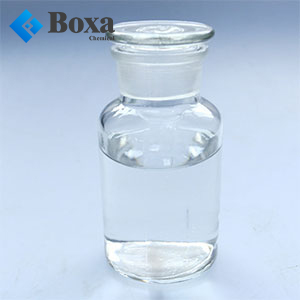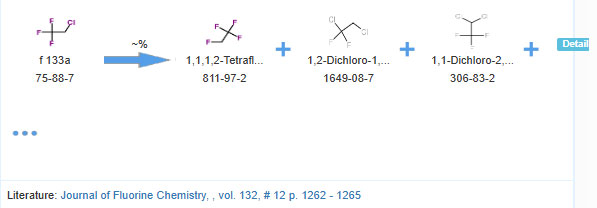Spill emergency treatment?
Quickly evacuate the personnel in the leaked contaminated area to a safe area, and isolate them,
strictly restricting access. Cut off the fire source. It is recommended that emergency personnel
wear self-contained positive pressure breathing apparatus and wear protective clothing. Cut off the
source of leakage as much as possible to prevent entering restricted spaces such as sewers and flood
drains.
Small amount of leakage: Absorb or absorb with sand or other non-combustible materials.
Large amount of leakage: Construct dikes or dig pits for containment. Cover with foam to reduce
vapor hazards. Use a pump to transfer it to a tank truck or a special collector for recycling or
transport it to a waste disposal site for disposal.
Waste Disposal Method: It is recommended to use incineration method. The mixed incineration of waste
and other fuels should be fully incinerated to prevent the formation of phosgene. The hydrogen
halide discharged from the incinerator is removed through an acid scrubber. In addition,
trichlorethylene is recovered from waste materials for recycling.
How is Trichloroethylene(TCE) stored?
Store in a cool, ventilated warehouse. Keep away from fire and heat sources. The storage temperature
should not exceed 32°C, and the relative humidity should not exceed 80%. The packaging is required
to be airtight and not in contact with air. It should be stored separately from oxidizing agents,
reducing agents, alkalis, metal powders, and food chemicals, and should not be stored together. It
should not be stored in large quantities or stored for a long time. Equipped with the appropriate
variety and quantity of fire equipment. The storage area should be equipped with leakage emergency
treatment equipment and suitable containment materials.






